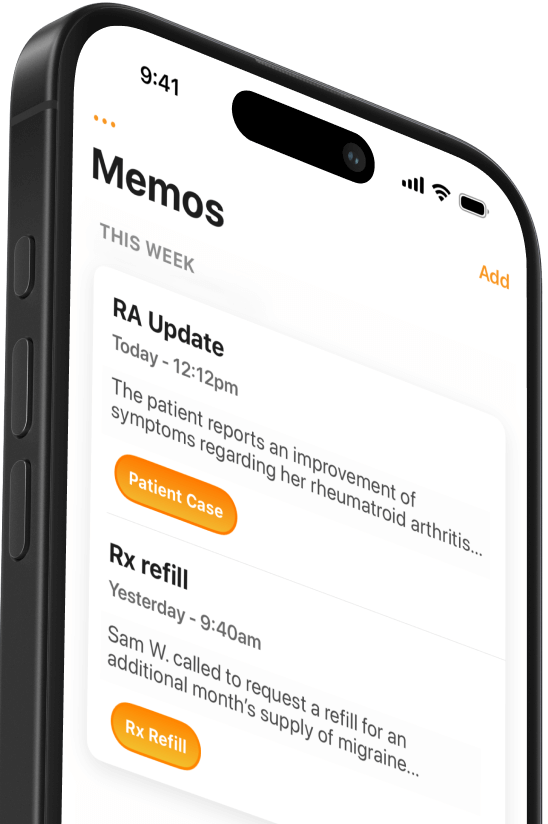What technology is used in modern medical offices?
Technology has transformed healthcare with Wi-Fi enabling device connectivity, Electronic Health Records streamlining clinical workflow, and patient communication tools improving outcomes.


Popular articles
As with many parts of our lives, technology has transformed healthcare for the better. Every year we see new developments that help modern medical offices deliver better care more efficiently.
But the technologies that define modern hospitals and clinics aren’t necessarily the cutting-edge medical devices you might imagine. Instead, it’s behind-the-scenes tools like wireless networks, digitized medical records, and virtual communication platforms that make today’s medical offices tick.
Three technologies that increasingly define the modern medical office are Wi-Fi, Electronic Health Records (EHRs), and Patient Communication Tools.
Wi-Fi
In 2016, 87 percent of Americans regularly go online, up from less than fifty percent in 2000. With more users, Wi-Fi has become available nearly everywhere we go. Health care facilities are no exception as Wi-Fi has become a central part of operations and the patient experience.
Of course, doctors have used the internet for a long time. But Wi-Fi now plays a crucial role in a healthcare facility’s efficiency, patient experience, and security. More and more medical devices are designed for use over Wi-Fi, such as insulin pumps and glucose monitors. And as health care employees increasingly bring wireless devices like smartphones to work, providers have realized their potential to improve communication and coordinate a medical team.
Guest wi-fi networks are also common in modern medical offices. Visitors expect to be able to use a hospital’s wi-fi network to work, send email, or check social media on laptops and smartphones. While this adds another variable for IT departments to manage, guest networks improve the patient experience and have become commonplace in modern facilities.
EHRs
An Electronic Health Record (EHR) is an electronic version of a patient’s medical history that is maintained by a provider over time. It can include all the key administrative clinical data relevant to that person’s care, including demographics, progress notes, problems, medications, vital signs, past medical history, immunizations, laboratory data, and radiology reports.
EHRs can speed access to information and streamline clinical workflow. Increasingly, EHRs are being used to support other care-related activities through various interfaces, including evidence-based decision support, quality management, and outcomes reporting.
Nearly all modern medical offices now use EHRs, including 97 percent of US hospitals. Adoption of EHRs has been incentivized by the national legislation and funding, with implementation achieved through private sector initiatives and statewide exchanges. EHR use is also supported by the proliferation of mobile devices with apps that can streamline clinical workflow and help providers complete tasks quickly without getting distracted from patient care.
Patient Communication Tools
Research shows that patients who can communicate effectively with their clinicians tend to be more satisfied with their care, less likely to sue in case of an error, and more likely to experience improved outcomes. Clinicians practicing effective communication are also likely to be more satisfied with their caregiving.
Patient communication can be improved with a variety of modern technologies. One of the most common types are patient portals, which allow patients to view their EHR and communicate with their medical team on a secure website.
New apps like Mobius Literature are also improving patient engagement by securely digitizing take-home literature. Mobius Literature allows providers to securely message patients and recommend products or articles for their health in a beautiful email that is automatically documented in the patient’s chart.
Related Articles


We Get Doctors Home on Time.
Contact us
We proudly offer enterprise-ready solutions for large clinical practices and hospitals.
Whether you’re looking for a universal dictation platform or want to improve the documentation efficiency of your workforce, we’re here to help.


